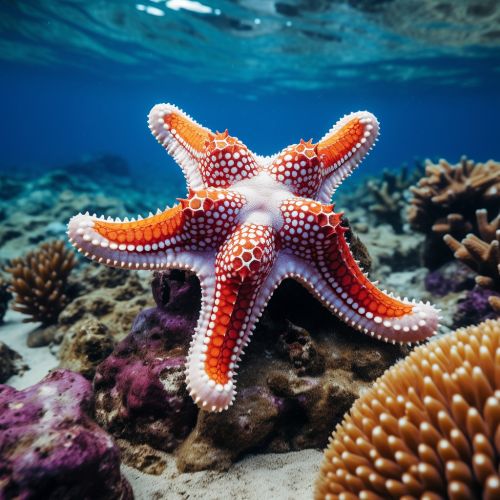Reproduction (biology)
Overview
Reproduction is a fundamental characteristic of life, enabling organisms to pass on their genetic material to successive generations. It is a biological process that leads to the production of new individuals, known as offspring. Reproduction can occur through either sexual or asexual means, depending on the organism and its evolutionary adaptations.
Types of Reproduction
There are two primary types of reproduction: sexual and asexual.
Sexual Reproduction
Sexual reproduction is a type of reproduction that involves the combination of genetic material from two parent organisms to produce offspring. This process involves the fusion of gametes, which are specialized reproductive cells produced by each parent. The offspring produced through sexual reproduction are genetically different from their parents, leading to increased genetic diversity within a population.
Gametes
Gametes are the reproductive cells used during sexual reproduction. They are produced by a process called meiosis, which results in cells with half the number of chromosomes as the parent organism. In animals, the male gamete is known as sperm, and the female gamete is known as an egg or ovum. In plants, the male gamete is found in pollen, while the female gamete is located in the ovule of a flower.
Fertilization
Fertilization is the process by which two gametes combine to form a zygote, the first cell of a new organism. This process can occur internally, as in mammals, or externally, as in many species of fish and amphibians. Fertilization results in a zygote with a complete set of chromosomes, half from each parent.
Asexual Reproduction


Asexual reproduction is a type of reproduction where an organism can reproduce and create offspring without the involvement of another organism. This process does not involve the fusion of gametes, and the offspring are genetically identical to the parent organism, barring any mutations. Asexual reproduction can occur through various methods, including binary fission, budding, and fragmentation.
Binary Fission
Binary fission is a form of asexual reproduction used by many prokaryotic organisms, such as bacteria and archaea. In this process, the parent organism divides into two equal parts, each becoming a separate organism.
Budding
Budding is a form of asexual reproduction in which a new organism grows out of the body of the parent organism. This is common in certain yeasts and cnidarians, such as hydras and corals.
Fragmentation
Fragmentation is a form of asexual reproduction where an organism is split into fragments, each of which develop into mature, fully grown individuals. This is common in many plants and certain animals, such as starfish and sea anemones.
Evolution of Reproduction
The evolution of reproduction is a complex process that has resulted in a wide variety of reproductive strategies across different species. These strategies can be influenced by environmental factors, population density, and the availability of mates.
Reproduction in Plants
Plants exhibit a wide variety of reproductive strategies, ranging from sexual reproduction involving flowers and seeds, to asexual reproduction methods such as vegetative propagation.
Reproduction in Animals
Animal reproduction varies greatly among different species, with some species reproducing sexually and others reproducing asexually. Some animals, such as many insects and birds, lay eggs, while others, like mammals, give birth to live young.
Human Reproduction
Human reproduction is a complex process that involves many steps, from the production of gametes, to fertilization, pregnancy, and childbirth.
